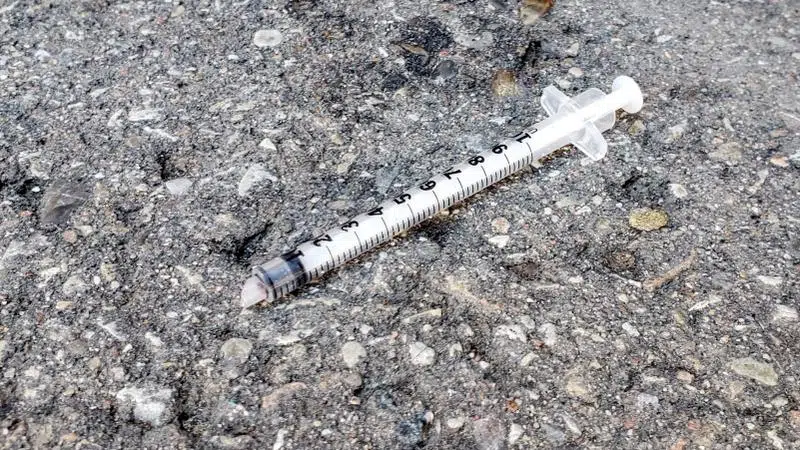
Fentanyl-related deaths in Red Deer continue to decline
Deaths of Albertans from opioids continue to drop to lows likely unimaginable just a year ago.
Third quarter (July 1-Sept. 30) statistics released by Alberta Health this week show there were 120 deaths related to fentanyl, compared to 156 in the second quarter. Overall numbers now equate to just under two deaths a day in the province.
One of the report’s brightest spots revolves around Red Deer, where the rate of deaths per 100,000 people has gone from 42.8 (1st) in 2018 to just 14.7 (5th) so far in 2019. Red Deer and Fort McMurray are the only two of the seven largest municipalities to have dipped below their respective 2016 figures.
There were 46 fentanyl-related deaths in Red Deer last year, compared to 12 in 2019, through the end of September.


